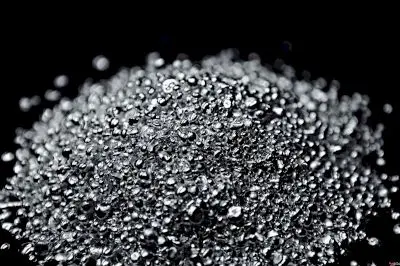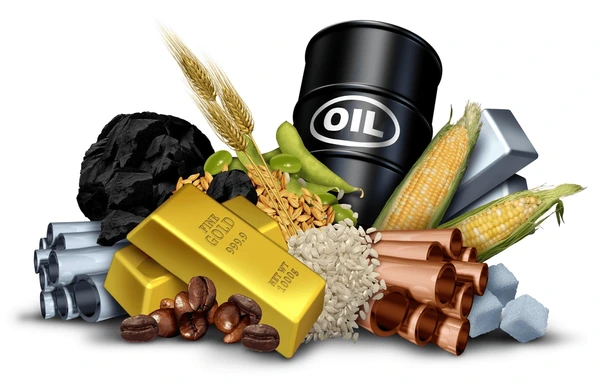Unlike copper and gold, the energy required to excite an electron from the d-band charged to the s-p band in silver is large enough (about 385 kJ / mol) to no longer correspond to the absorption in the visible region of the spectrum

Silver is an excellent conductor of electricity and heat. It has the highest electrical conductivity among all metals, making it indispensable in the electronics industry. Silver is used in electrical contacts, switches, connectors, and circuit boards. Silver has the highest reflectivity of any metal, making it ideal for mirrors, reflective coatings, and solar panels. Its reflective properties are utilized in optics, photography, and the production of reflective films. Silver exhibits strong antimicrobial properties, inhibiting the growth of bacteria, viruses, and fungi. It is used in medical devices, wound dressings, and antibacterial coatings on various surfaces, promoting hygiene and reducing the risk of infections.
Silver-based alloys are widely used in brazing and soldering applications due to their low melting points and excellent bonding properties. These alloys create strong and reliable joints in the assembly of electronic components and plumbing systems. The antimicrobial properties of silver make it useful in water treatment and purification systems. Silver ions or silver-coated materials are employed to eliminate bacteria and impurities in drinking water.
Silver is a Chemical element with the symbol Ag and atomic number 47. Silver is a soft, white, shiny transition Metal with the highest electrical-thermal conductivity and metallic reflection. It is found in the earth's crust as a pure, free element, alloyed with Gold and other metals, and in Minerals such as argentite and chlorite. Silver is mostly produced as a by-product of the refining of copper, gold, lead, and zinc.
This metal has long been considered a precious metal and is sometimes used alongside gold in many coins. Although this metal is much more abundant in the market than gold, as a native metal it is less abundant than gold. This substance has played a lasting role as one of the seven ancient Metals in most human cultures.
Silver is a very soft, flexible, malleable transition metal, although it is less malleable than gold. The metal crystallizes in the form of a cube-like lattice, and the metal alloys in silver are covalent and relatively weak. This metal has a shiny white metallic luster and is so distinct that the name of this metal has become a color. Unlike Copper and gold, the energy required to excite an electron from the d-band charged to the s-p band in silver is large enough (about 385 kJ / mol) to no longer correspond to the absorption in the visible region of the spectrum. Hence silver is not a colorful metal.
Silver serves as a catalyst in several chemical reactions. It is used in the production of formaldehyde, Ethylene oxide, and other chemicals. Silver catalysts are also employed in the manufacture of plastics, pharmaceuticals, and fine chemicals. Silver's lustrous appearance and malleability make it a popular choice for jewelry, silverware, and decorative items. Its aesthetic appeal, durability, and tarnish resistance contribute to its widespread use in the fashion and luxury goods industries.
Silver's light-sensitive properties have historically played a crucial role in traditional photography. While digital photography has largely replaced traditional methods, silver is still used in some specialized applications and printing processes. Silver is utilized in certain types of batteries, particularly in small, high-energy batteries such as button cells. It enhances the cell's performance and reliability due to its high electrical conductivity. Silver is employed in the production of photovoltaic cells used in solar panels. It serves as a conductor, facilitating the efficient conversion of sunlight into electricity.




